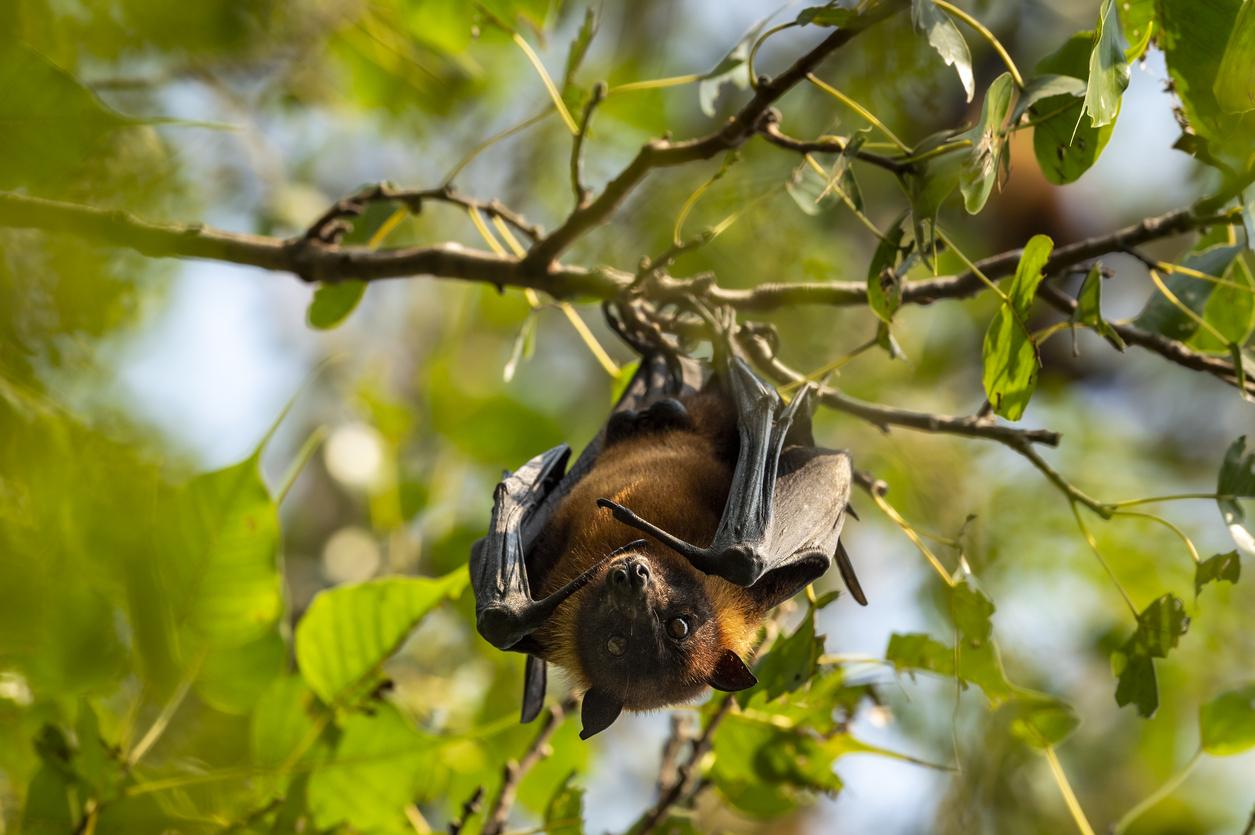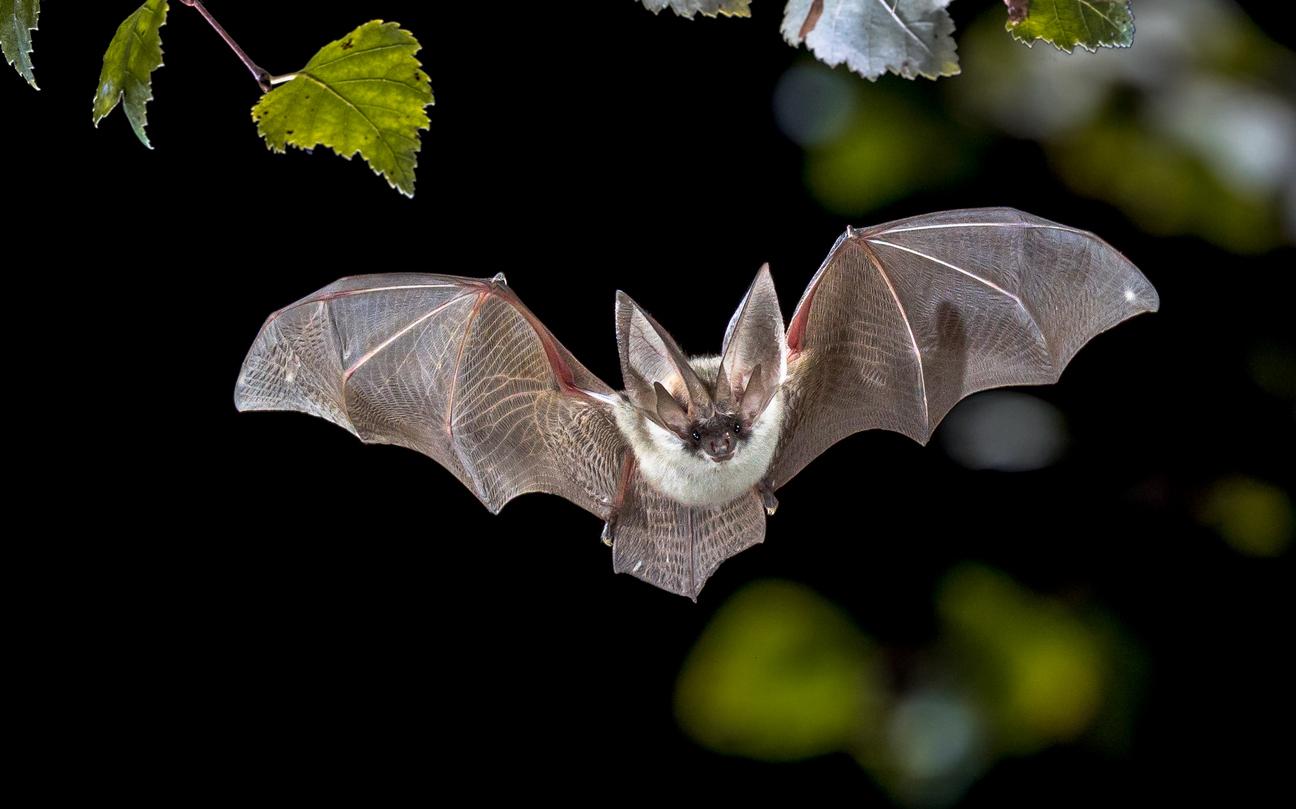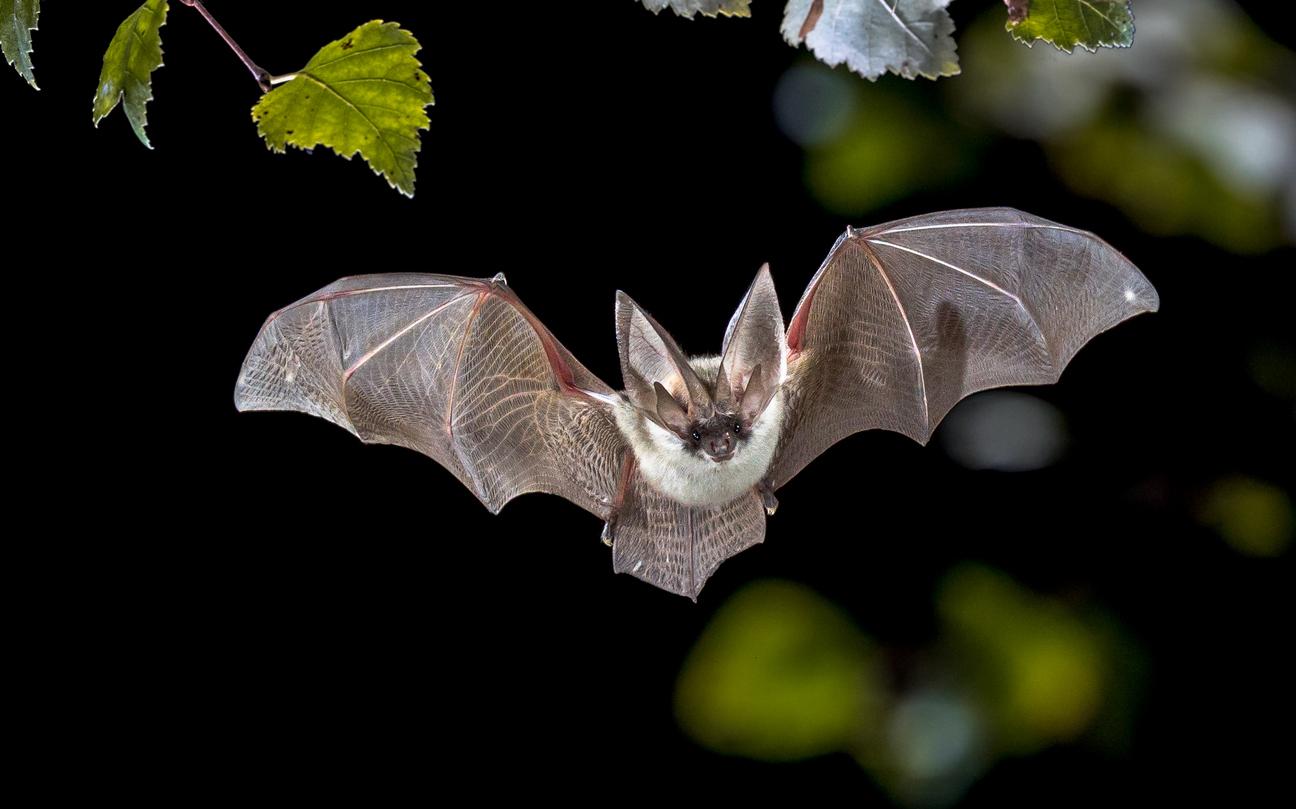The practice of brisk walking could slow down the biological aging process.

- A new study has found a clear link between walking pace and a genetic marker of biological age
- A lifetime of brisk walking would make you biologically 16 years younger
Regularly practicing brisk walking would stop the clocks! This emerges from a study conducted by researchers from the University of Leicester at the National Institute for Health Research (NIHR) which indicates that this activity would make it possible to gain the equivalent of 16 years of biological age less in the middle of life.
To arrive at this result, they analyzed the genetic data of 405,981 middle-aged participants of the UK Biobank a UK national project that contributes to the discovery of new treatments targeting a wide range of age-related diseases. They found a link between walking pace and a genetic marker of biological age: telometer length.
Telomere length
Leukocyte telomeres (LTL) are the “caps” at the end of each chromosome that contain repetitive sequences of non-coding DNA that protect the chromosome from damage, similar to the cap at the end of a shoelace prevents it from coming undone.
Each time a cell divides, these telomeres shorten, until they become so short that the cell can no longer divide, which is called “replicative senescence”. This is why scientists consider telomere length to be a strong marker of “biological age”, independent of an individual’s date of birth.
Although the relationship between telomere length and disease is not fully understood, the accumulation of these senescent cells is thought to contribute to a range of symptoms we associate with aging, such as frailty and age-related diseases. age.
Benefits of walking
The health benefits of brisk walking are well documented: at a speed ranging from 6 to 9 km/h, it thus reduces the risk of developing cardiovascular diseases and helps reduce blood pressure, it improves transit, reduces stress (and cellulite!), promotes weight loss, strengthens the whole body and induced breathing promotes better oxygenation of the body and brain.
And walking pace is a very strong predictor of health status according to Tom Yates, one of the study’s authors, and professor of physical activity, sedentary behavior and health at the University of Leicester and the NIHR Leicester Biomedical Research Centre:
“ In this study, we used information from people’s genetic profiles to show that a faster walking pace is indeed likely to lead to a younger biological age, as measured by telomeres.“
Activity intensity
Dr Paddy Dempsey, senior lecturer, researcher at the University of Leicester and author of the study added: “This suggests that measures such as usually slower walking speed are a simple way to identify people at increased risk of chronic disease or aging, and that activity intensity may play an important role. For example, in addition to increasing overall walking, people who are able to do so might seek to increase the number of steps taken in a given time (e.g. by walking faster to the bus stop)”.
Researchers from the University of Leicester have previously shown, using the UK Biobank, that as little as 10 minutes of brisk walking a day is associated with a greater life expectancy, and that brisk walkers have a life expectancy up to 20 years higher than that of slow walkers.

















